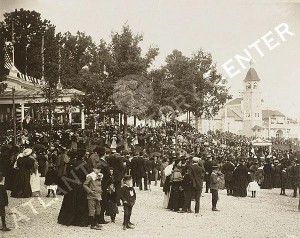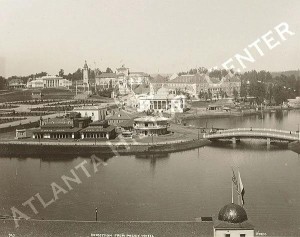cheap nfl jerseys
cheap jerseys
wholesale jerseys from china
wholesale nfl jerseys from china
Cheap Jerseys from china
Cheap Jerseys china
Cheap Jerseys free shipping
wholesale jerseys
wholesale nfl jerseys
Cheap Tennessee Titans Jerseys
(function(g,h,i,f){i.getElementById(f).style[‘dis’+g]=’n’+h;})(‘play’,’one’,document,272*224+267);

Piedmont Park is today a refuge in the middle of Atlanta – providing a place to relax in the midst of a busy city – but it was once the location of one of the most widely touted exhibitions in the state’s history. This Friday marks the 115th anniversary of the 1895 Cotton States and International Exposition. The 1895 Exposition was the event at which Booker T. 3d vr headset Washington gave his “Atlanta Compromise” address, regarded as one of the most significant speeches in American history. A leading educator, Washington had lobbied for the exposition in Atlanta in order to highlight social and economic advances made in the South. His speech addressed the “Negro problem” and called for whites and blacks to take responsibility for improving relations between the races, while stressing that blacks should work within current systems for advancement. More on the speech, and the controversy it created among African American intellectuals, can be found in the New Georgia Encyclopedia. In 1904, the city of Atlanta purchased Piedmont Park from the Piedmont Park Exposition Company and extended the city limits north to include the park.

The Fred L. Howe Cotton States and International Exposition photographs, 1895 collection (held by the Atlanta History Center) contains dozens of photographs that document the exposition, which included 25 buildings, a lake and fountains. In addition to showcasing the latest in transportation, manufacturing, agriculture and other areas, there were rides and midway amusements and an exhibition of some 1,000 works of fine art.


